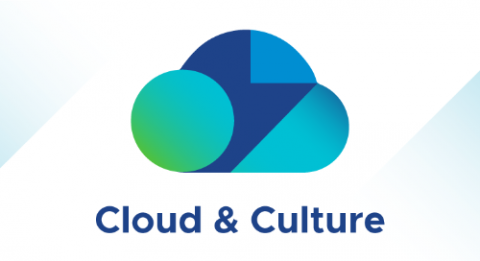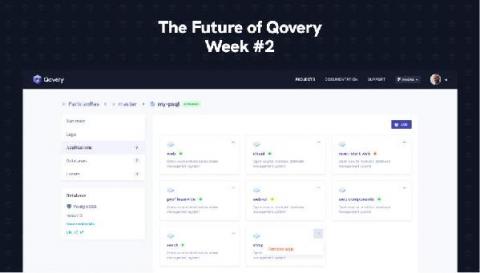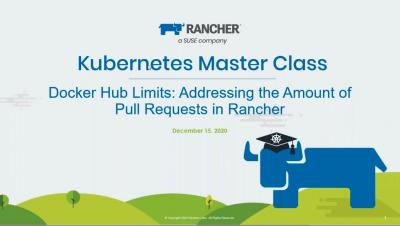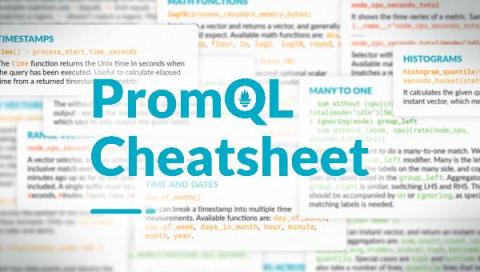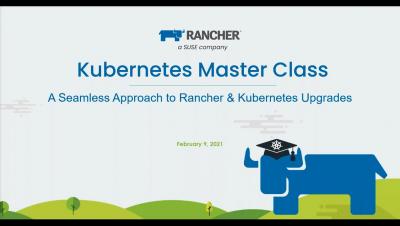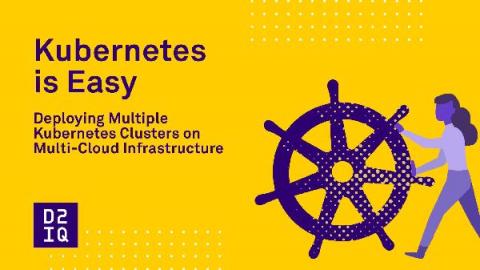How to Make Smart Decisions When Moving Apps to the Cloud
One of the major considerations when modernizing applications is how and where they’re going to be hosted—what we call landing zones. Today, you have a wide variety of options that includes, at least, some combination of on-prem, public cloud(s), Kubernetes, VMs, PaaS, and bare metal. Because of the dynamic nature of applications and the complexities of enterprise IT budgets, choosing is rarely as simple as just identifying the least expensive option.


